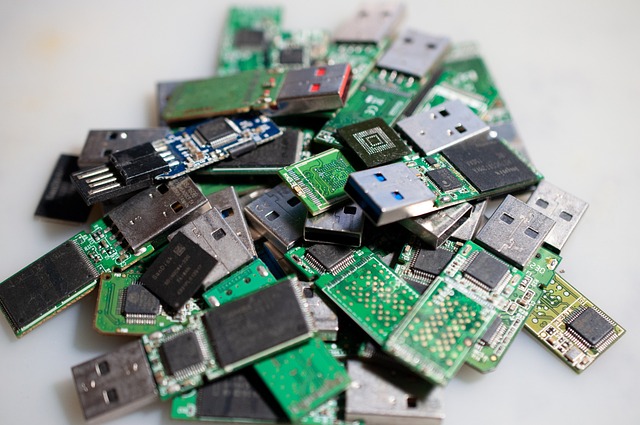The Interplay of Light and Shadow
Flash photography is more than just a tool; it’s a gateway to capturing moments that thrive in the delicate interplay of light and shadow. It transforms ordinary scenes into spectacular visual narratives, revealing textures, colors, and emotions that the naked eye often overlooks. In the realm of layers, flash becomes a powerful ally, allowing photographers to build compositions that communicate depth and intrigue.
Understanding Flash: The Basics
At its core, a flash emits a brief burst of light, illuminating your subject in a way that enhances the natural ambiance of a scene. However, mastering this tool requires more than just knowing how to press a button. It’s about understanding how it interacts with your camera’s optics and the ambient light around you.
Layering Light in Photography
When we consider photography in layers, we envision depth not just in physical space, but in light itself. Using flash, photographers can strategically layer light in various ways to achieve a multi-dimensional effect. For instance, combining the soft glow of natural light with the sharp intensity of flash can create a hauntingly beautiful quality in portraits, allowing the subject to stand out while still being contextualized within their environment.
Techniques to Explore
- Fill Flash: A common technique where you use flash to fill in shadows created by harsh lighting conditions. It ensures that details are captured even in bright light, adding richness and clarity.
- Balancing Ambient Light: Learn to adjust your flash settings to complement the existing ambient light. By controlling the ratio of flash to ambient light, you can create vibrant images that retain their natural feel.
- Off-Camera Flash: By moving the flash away from your camera, you can achieve dramatic lighting effects that contribute to the overall composition. This technique introduces layers of light and shadows that can transform an otherwise flat image.
The Impact of Flash in Layered Photography
When exploring flash photography techniques within the layer concept, think about the emotional story you want to tell. Flash impacts the mood—instead of stark illumination, it can create warmth, drama, or even mystery. The choice of color filters or modifiers can dramatically influence the layers of color and light in your images, enhancing the emotional resonance and making your photos not just seen, but felt.
Bringing It All Together
Integrating flash into your photography practice opens up a new realm of possibilities, enabling you to layer your creativity and push the boundaries of your craft. Don’t hesitate to experiment, breaking the rules of traditional photography to find your own unique voice through the lens. Whether you’re photographing a bustling city street or the quiet intimacy of a portrait session, remember that it’s all about how you capture the essence of light in each layer you create.



